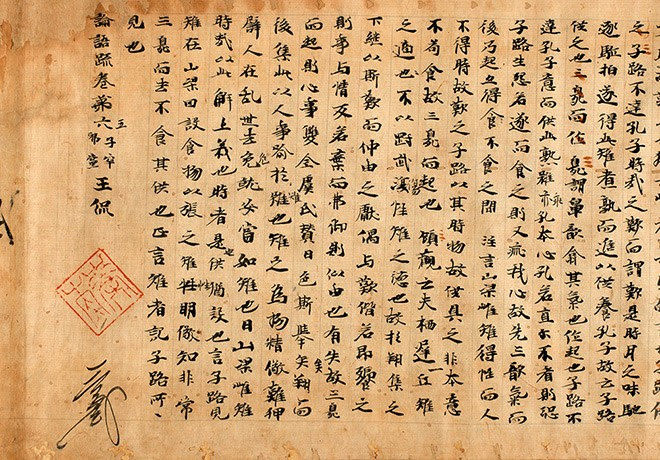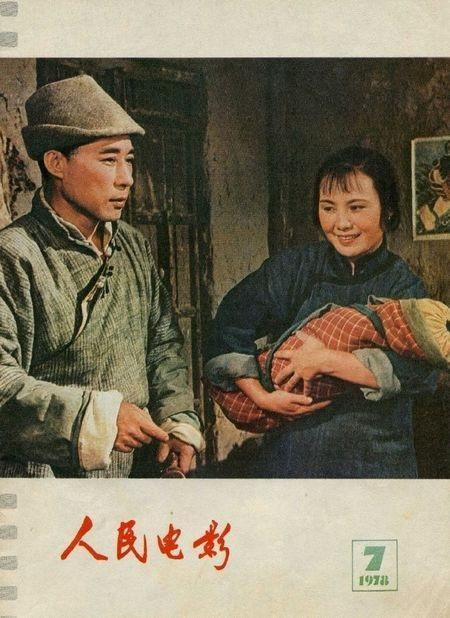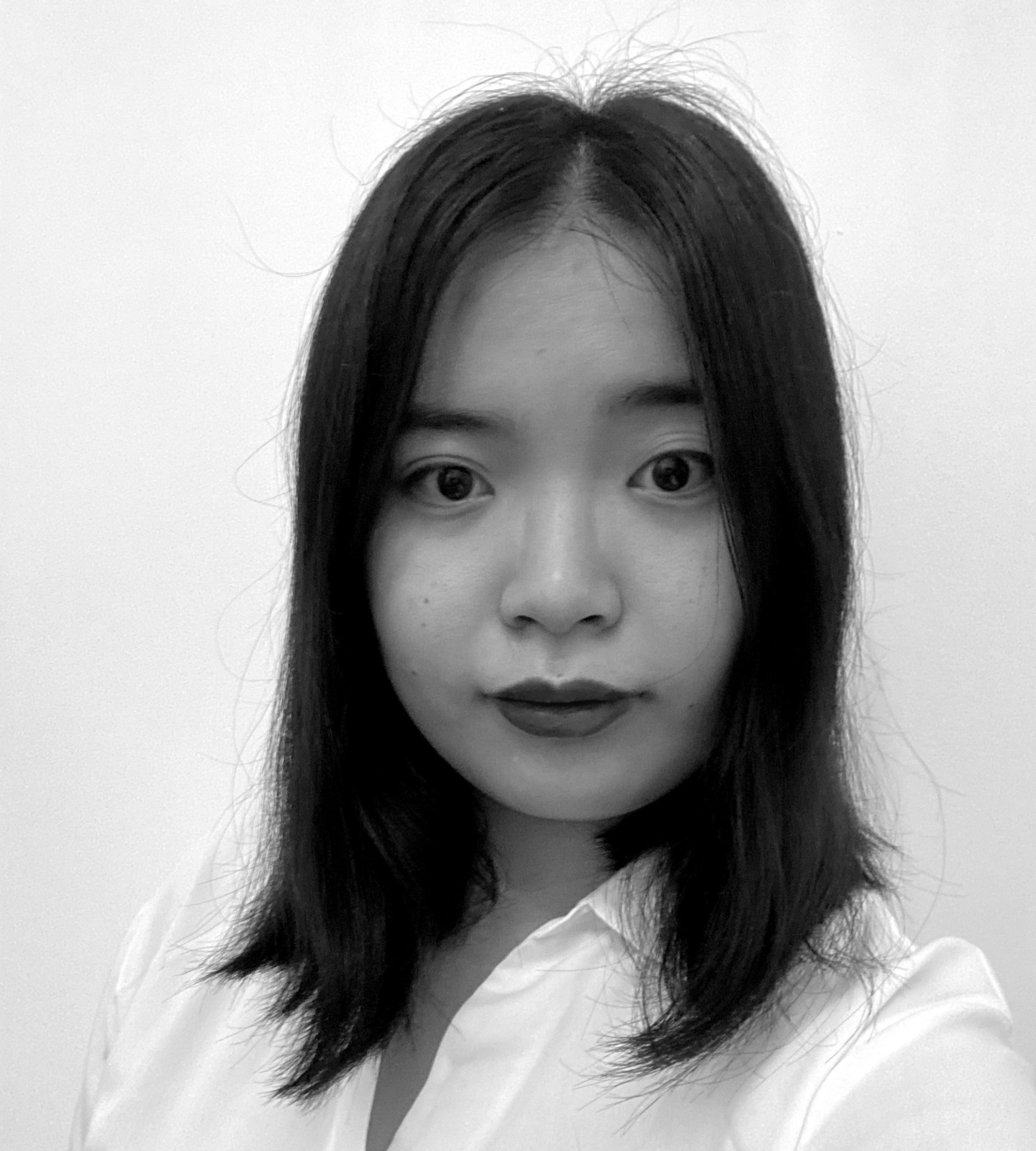Chinese Literature Reform in the Early 1900s
Chinese society underwent major changes in the early 20th century. At that time, the Qing dynasty (1644-1912) was on the verge of collapse and the country was in turmoil as foreign powers sought to take advantage of China’s weak state. During this period, Chinese literature underwent a shift from the feudal ideology of serving politics and promoting ethical principles to a more humanistic and in-depth look at society, revealing the darkness of the times through the lives of ordinary people with the aim of 'awakening' people to rebel against the feudal ruling class and fight for a new democratic and egalitarian society.
The New Cultural Movement: The Catalyst
As China entered the 20th century, the Qing government was in jeopardy. This was because of corrupt officials, closed borders against international trade, and backward science and technology under the Qing government regime; thus, China's development stagnated. In 1900, the Eight-Nation Alliance invaded China to guarantee their trade interests and the Qing government had to cede land and make reparations in order to stop the unrest. This further weakened the government's ability to rule the country. Finally, in 1912, the last Qing emperor abdicated. In 1913, the Beiyang government, known as the First Republic of China, was built by The Beiyang Army, which was China's Defense Force in the late Qing Dynasty. However, this government was in disarray and not supported by the people. In 1915, to eradicate feudal ignorance and promote democracy and science, Chen Duxiu, who later became one of the founders of the Chinese Communist Party in 1921, founded the magazine 'New Youth' in Shanghai. The publication of the 'New Youth' initiated The New Cultural Movement.
On 4 May 1919, during the Paris Peace Conference, the Beiyang government of China was forced to give Japan the territories in Shandong. These territories had been under the control of Germany after the Siege of Tsingtao in 1914. However, as China was one of the victors in the First World War, Chinese citizens wanted to take back these territories rather than giving them to Japan. The weakness of the Beiyang government at the Paris Peace Conference at that time provoked growing public anger and a nationwide anti-imperialist and anti-feudal movement, which is known as the May Fourth Movement.
With the May Fourth Movement in full swing, the New Culture Movement reached its climax and various literary societies were formed, such as the Crescent Moon Society, led by the famous poet Xu Zhimo, that promoted the modern form of Chinese poetry. Meanwhile, the spirit of democracy and science, largely influenced by the West, was spread in mainland China. Democracy and science were known at the time as ‘Mr. De’ and ‘Mr. Sai’, which was raised by Chen Duxiu, who wrote in 'Reply to the Crime of the "New Youth"' in 1919: 'If you want to support Mr. De, you have to oppose Confucianism, ritual, chastity, the old ethics and politics; if you want to support Mr. Sai, you have to oppose the old arts and religion; if you want to support both Mr. De and Mr. Sai, you have to oppose the old national essence and literature.' The New Culture Movement stimulated intellectuals to rethink Chinese culture, ideology and literature, overturning the ethical conventions that had been in place in China for thousands of years, demonstrating the pursuit of individuality and freedom, and fiercely criticising thoughts and rituals of the traditional Chinese society. Following the movement, a new chapter in Chinese literature was opened.

Figure 1. The New Cultural Movement.
From Feudalism to Democracy
Before the 1900s, Chinese literature was heavily influenced by the traditional Chinese ideology of the ‘Three Fundamental Bonds and Five Constant Virtues’. The notion of ‘Three Fundamental Bonds and Five Constant Virtues’ was first raised in ‘Luxuriant Dew of the Spring and Autumn Annals’ by Dong Zhongshu during the Western Han dynasty (202 BC – 9 AD). The ‘Three Fundamental Bonds’ includes the superiority of the monarch over the subjects, father over the son, and husband over his wife. The ‘Five Constant Virtues’ includes benevolence, righteousness, manners, wisdom and sincerity. The main function of this ideology is to justify the sanctity and rationality of the feudal class rule and hierarchical order, which became the basic theory of feudal absolutism in ancient China. The ideology was defended and advocated by the feudal ruling class throughout the ages.
‘The Analects of Confucius’, a collection of quotations compiled by the disciples and re-disciples of the great thinker and educator Confucius during the Spring and Autumn period (770 BC-476 BC), is among the most popular works that present the ideology of 'Three Fundamental Bonds and Five Constant Virtues’ in China and has been for thousands of years. The book, written in the early Warring States period (475–221 BC), records the words and deeds of Confucius and his disciples. Below is an extract from ‘The Analects of Confucius’ that expresses how filial piety and fraternal duty are regarded as an integral part of benevolence.
”其为人也孝弟,而好犯上者,鲜矣;不好犯上,而好作乱者,未之有也。君子务本,本立而道生。孝弟也者,其为仁之本与!“ 'It is rare to find a person who is dutiful to his parents and obedient to his elder brother, but who prefers to offend the rulers above him. There is no such person who does not like to offend the ruler at the top but prefers to rebel. A gentleman concentrates on fundamental matters, and once the fundamentals have been established, the principles of governance and human conduct will be in place. Filial piety to parents and obedience to brothers are the fundamentals of benevolence!’ (Translation)

Figure 2. Oldest writing about teachings of Confucius found in Japan.
Apart from these rigid doctrines, traditional Chinese literature was often written in classical Chinese as opposed to vernacular Chinese. Before the New Culture Movement, vernacular Chinese was considered to be a low-class language that was too vulgar to be used by scholars. The audience of classical Chinese literature was mostly the elite. However, the New Culture Movement advocated a shift in the way Chinese literature was narrated from the use of the classical language to the vernacular. From then on, Chinese literature changed from an elite niche to mass culture. To this day, Chinese literature continues to be narrated in the vernacular language.
The New Cultural Movement also encouraged liberation of thoughts from 'Three Fundamental Bonds and Five Constant Virtues', and it gave birth to two schools of literature: the liberal literature and the left-wing literature. Liberal literature opposes ideological uniformity and emphasises the liberation of individuality. The works of Liang Qiushi, who was famous for his liberal style in literature, opposed the idea that literature was class-based and insisted on an outlook that depicted and expressed the abstract, eternal and unchanging humanity as a literary art. He incorporated this thought into his work ‘Little Taste of Yashe’, demonstrating the idea that one can live a fulfilling life even with humble accommodation and meagre meals.
Left-wing literature, on the other hand, uses Marxist theory to guide its practice. The iconic figure of left-wing literature is Lu Xun. The genres of his works include fiction, essays, prose and poetry. His works are anti-feudal, anti-ritualism, anti-tradition and anti-superstition, primarily focusing on the lives of the underclass people in the late 19th century and early 20th century, tapping into subtle psychological changes of those people. His works illustrate the numbness and ignorance of the minds of the underprivileged people and the hardships of life. ‘New Year's Sacrifice’, one of his most famous works, which tells the tragic life of a rural woman who gets abducted, as well as ‘Kong Yiji’, which satirises the image of the fusty literati and the imperial examination system of the Qing Dynasty, are both included in today’s Chinese students’ textbooks to give students an insight into the society of the period.

Figure 3. 'New Year's Sacrifice' Film Poster.
The path of reform in Chinese literature is also a path of intellectual enlightenment for Chinese people, shaking thousands of years of traditional feudal thoughts and inspiring democratic and liberal awareness. The reform of the vernacular language made literature no longer exclusive to the elite class and provided a favourable environment for the widespread dissemination of progressive thoughts. The ideas that emerged during that time are still applicable in China today and the works of that time have been continuously studied by generations of Chinese people.
Reference
Tse-Tsung, Chow, ‘The May Fourth Movement: Intellectual Revolution in Modern China’, Harvard University Press, 1960
Longxi, Zhang, ‘Literary Modernity in Perspective’, from ‘A companion to modern Chinese literature’, edited by Yingjin, Zhang, Wiley Blackwell, 2016
Confucius, ‘The Analects of Confucius’, Yiya Publishing House, 2018
Xun, Lu, ‘New Year's Sacrifice’, from ‘Panghuang’, Yiya Publishing House, 2018
Xun, Lu, ‘Kong Yiji’, from ‘Nahan’, Yiya Publishing House, 2018
Xirong, Wang, ‘A further discussion on the status of Lu Xun in the 'May Fourth' New Culture Movement', from ‘Proceedings of the Symposium to Commemorate the 100th Anniversary of the Founding of the New Youth’, Shanghai Lu Xun Memorial Hall, 2015
Qiushi, Liang, ‘Little Taste of Yashe’, Yangtze River Literature and Art Publishing House, 2016
Image Reference
Figure 1. The New Cultural Movement, from 'The Real Drivers of China's New Culture Movement', Caixin Global, <https://www.caixinglobal.com/2015-11-21/the-real-drivers-of-chinas-new-culture-movement-101010809.html>
Figure 2. Oldest writing about teachings of Confucius found in Japan, from 'Oldest manuscript of the Confucian Analects discovered in Japan', <https://languagelog.ldc.upenn.edu/nll/?p=48602>
Figure 3. 'New Year's Sacrifice' Film Poster, FilmaffinityUS,<https://www.filmaffinity.com/us/film148855.html>




My favorite, and in my opinion most engaging, way to learn history is through literature. I find your historical timeline of the political development of China through the lens of literature fascinating as well as informative. Not only can I get a picture of what the political climate looked like at the time, but I can also get an idea of what the social climate looked like, as well. What a well written piece!